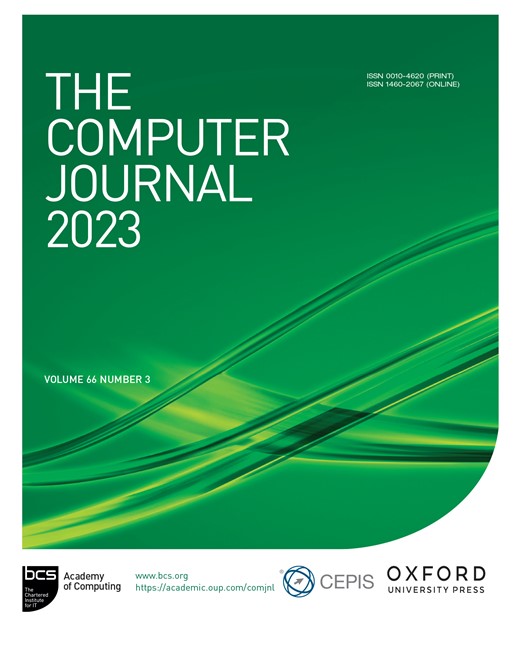-
Views
-
Cite
Cite
Zhiqiang Lv, Jianbo Li, Chuanhao Dong, Zhihao Xu, DeepSTF: A Deep Spatial–Temporal Forecast Model of Taxi Flow, The Computer Journal, Volume 66, Issue 3, March 2023, Pages 565–580, https://doi.org/10.1093/comjnl/bxab178
Close - Share Icon Share
Abstract
Taxi flow forecast is significant for planning transportation and allocating basic transportation resources. The flow forecast in the urban adjacent area is different from the fixed-point flow forecast. Their data are more complex and diverse, which make them more challenging to forecast. This paper introduces a deep spatial–temporal forecast (DeepSTF) model for the flow forecasting of urban adjacent area, which divides the urban into grids and makes it have a graph structure. The model builds a spatial–temporal calculation block, which uses graph convolutional network to extract spatial correlation feature and uses two-layer temporal convolutional networks to extract time-dependent feature. Based on the theory of dilation convolution and causal convolution, the model overcomes the under-fitting phenomenon of other models when calculating with rapidly changing data. In order to improve the accuracy of prediction, we take weather as an implicit factor and let it participate in the feature calculation process. A comparison experiment is set between our model and the seven existing traffic flow forecast models. The experimental results prove that the model has better the capabilities of long-term traffic prediction and performs well in various evaluation indicators.




